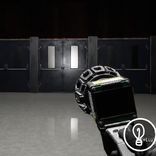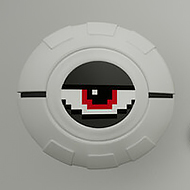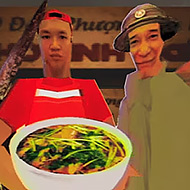Click To Continue begins as the simplest possible experience—a blank screen, a button, and an instruction. Yet from that moment, the player is pulled into a psychological loop that examines persistence, curiosity, and control. Every click appears to move you forward, but progress isn’t linear. Instead, it’s an evolving dialogue between you and the system itself. The game changes in subtle, almost imperceptible ways, reshaping text, tone, and logic in response to your actions. What starts as a harmless interaction soon becomes an exploration of meaning: why do we keep pressing forward when we’re not sure what lies ahead?
When Simplicity Hides Complexity
The strength of Click To Continue lies in its minimalism. The core mechanic—clicking—remains constant, but the rules behind it shift without warning. Sometimes your clicks advance time; sometimes they reset it. The text responds to rhythm, hesitation, and curiosity, recording how long you linger between interactions. This creates an invisible narrative that adapts uniquely to each player, transforming every session into a personal reflection on persistence and choice.
- Reactive Interface: Every click influences sound, timing, and on-screen text.
- Hidden Metrics: The system tracks hesitation, aggression, and curiosity.
- Nonlinear Structure: The path forward can loop, branch, or dissolve completely.
- Symbolic Feedback: Visual glitches and tonal shifts carry story meaning.
The Dialogue of Control
As you continue clicking, the tone of the game begins to shift. The interface starts addressing you directly, questioning your motives. Are you clicking out of curiosity, habit, or defiance? Click To Continue becomes an interactive thought experiment—a test of attention and willpower. There are moments when the system stops responding altogether, inviting you to make a choice: keep pushing forward or let it end on your terms. Both paths lead somewhere different, and both reveal something about the player.
- Emotional Reaction: The text reacts to frustration or patience differently.
- Philosophical Layers: The idea of “continuing” takes on multiple meanings.
- Experimental Design: Simple interface hides deep narrative logic.
- Choice Through Inaction: Sometimes, the only way forward is to stop.
Understanding the Click
In its final moments, Click To Continue reveals its true design. It was never about progress, but awareness. The player realizes that each click represents intention, and that the meaning of continuation is entirely self-imposed. The game ends when you decide it does—whether that means exhaustion, curiosity, or understanding. Its simplicity becomes profound, asking whether persistence is courage or compulsion. It is both, and that’s what makes the experience linger long after the screen fades.
- Multiple Interpretations: Every ending feels personal, not prescribed.
- Meta Awareness: The interface watches you as much as you watch it.
- Replay Curiosity: Replaying reveals new layers of tone and dialogue.
- Conceptual Depth: A meditation on effort, attention, and reward.
Click To Continue is a minimalist game about the psychology of choice. It’s not a challenge in the traditional sense—it’s a mirror. Through each click, it quietly asks what drives you to keep going, and whether progress is measured by how far you’ve gone or when you finally decide to stop.













 Fullscreen
Fullscreen


